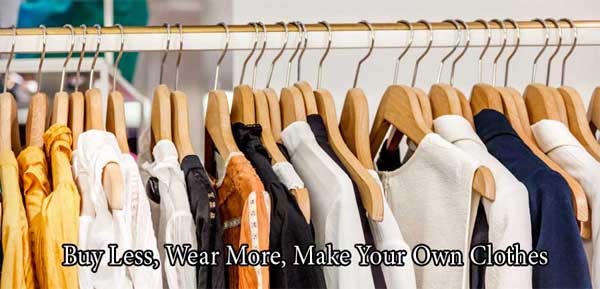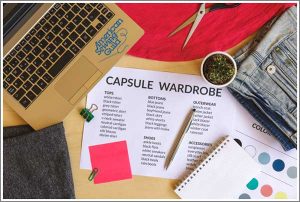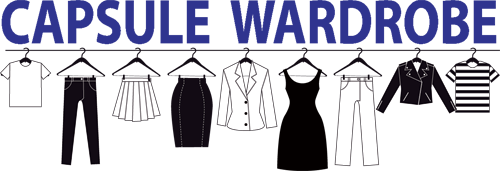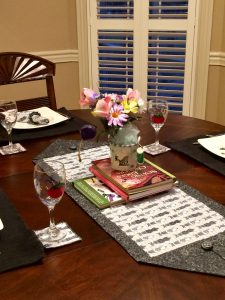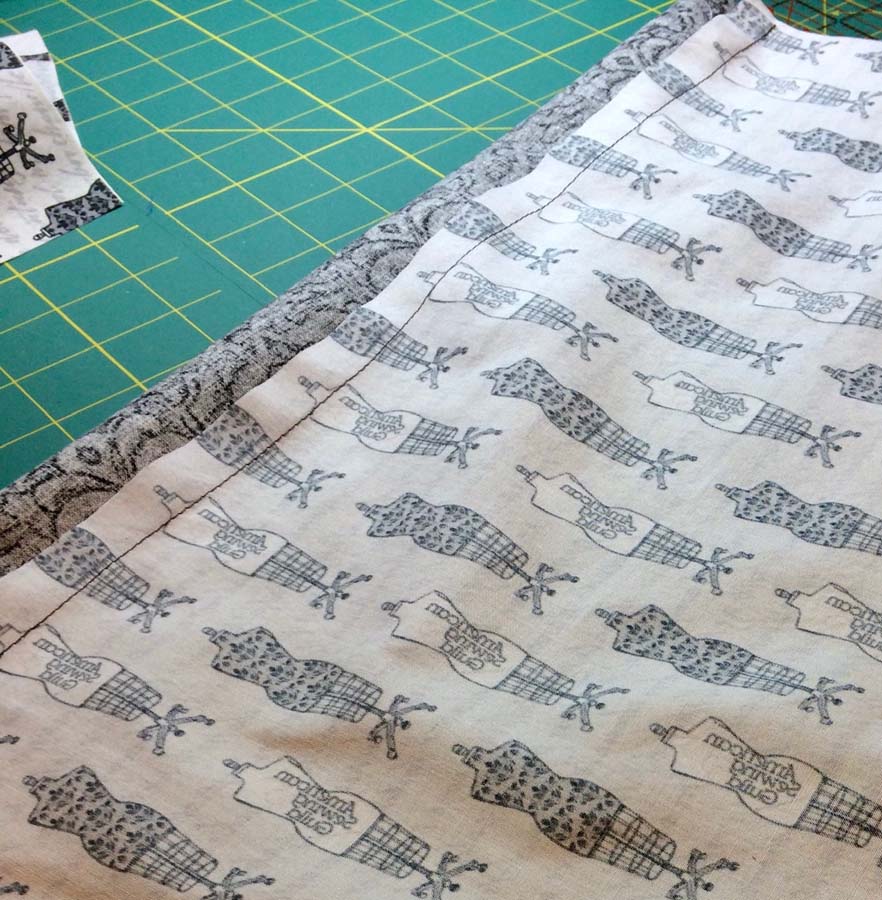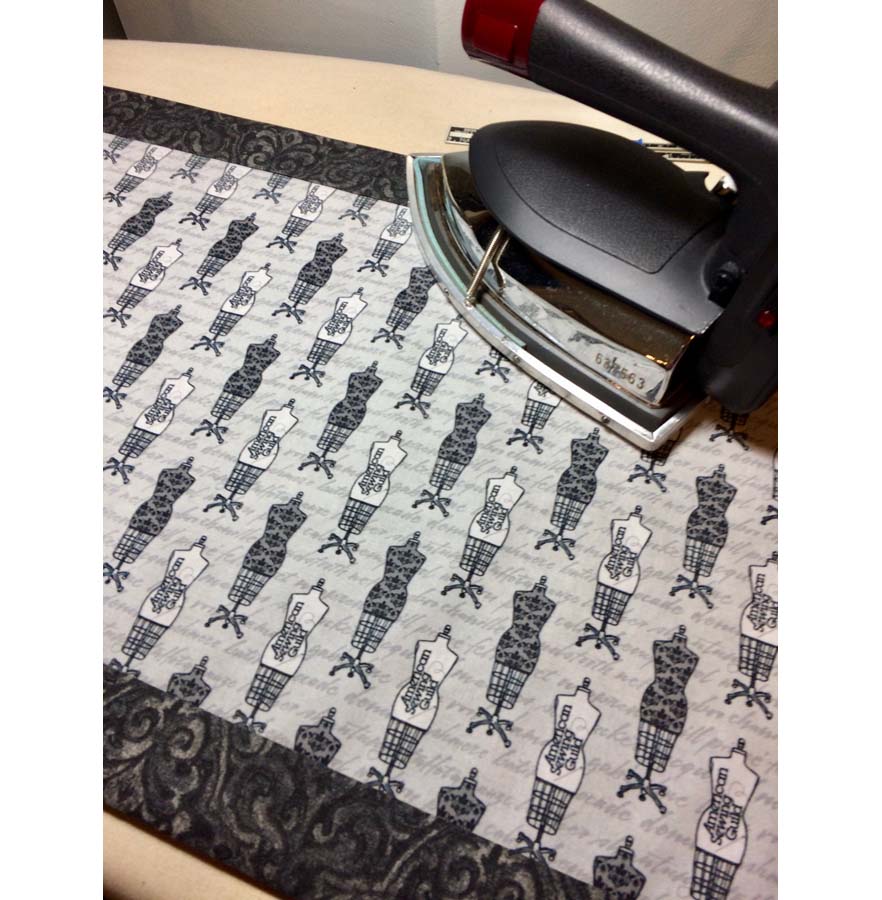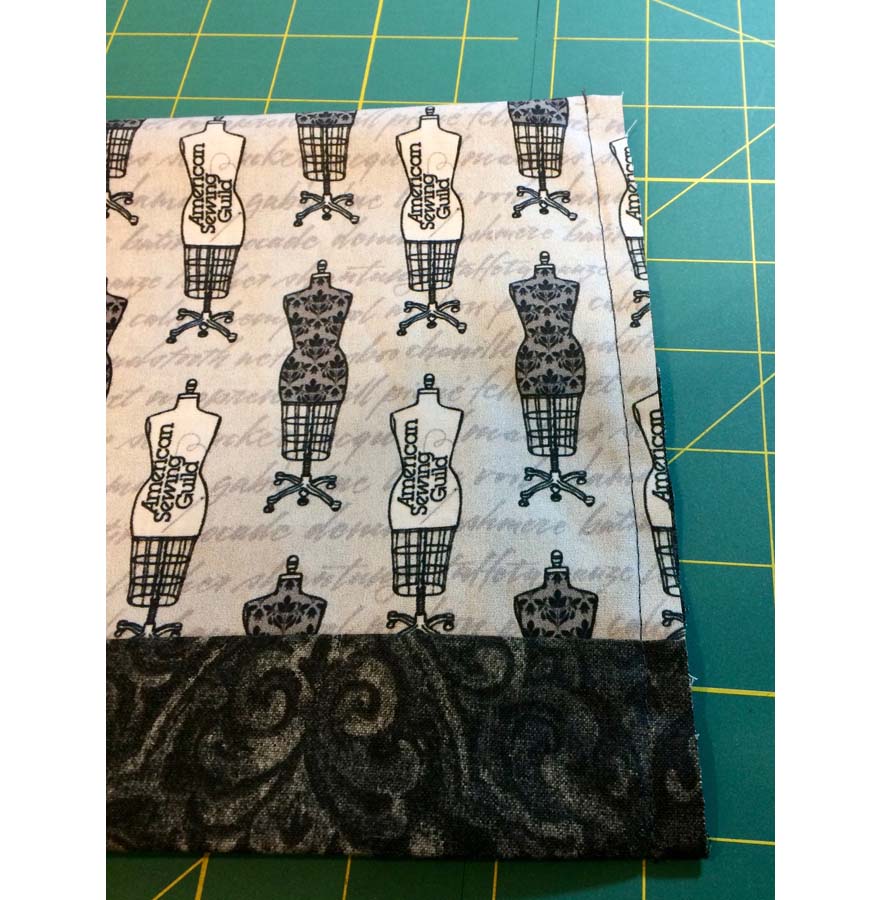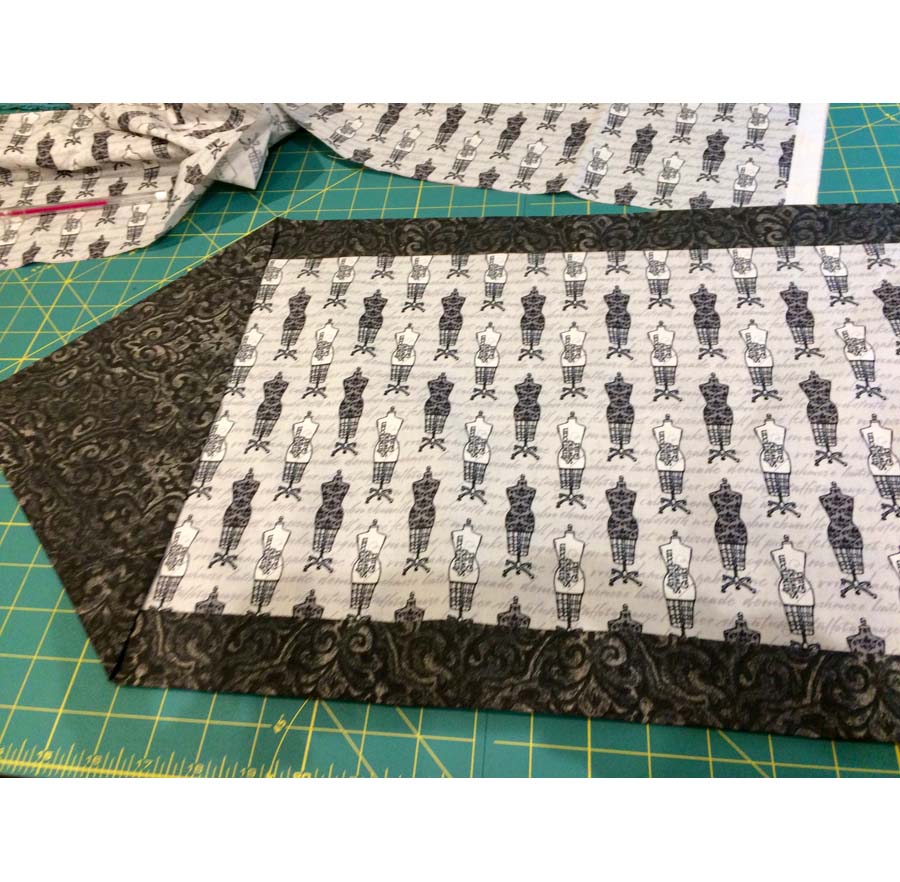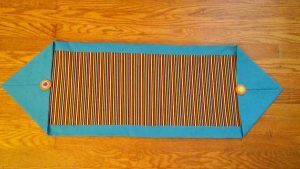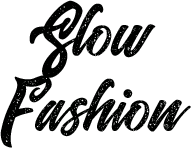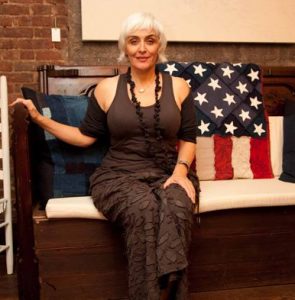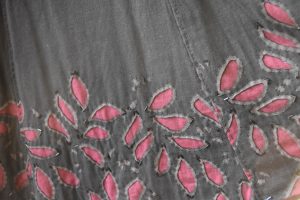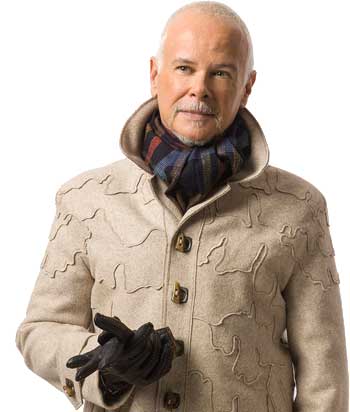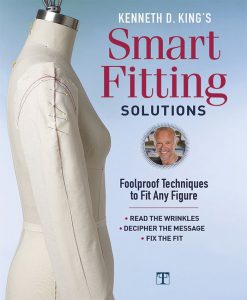Buy Less, Wear More, Make Your Own Clothes
Greetings, my dear fellow fashion and sewing enthusiasts! I have a question and I want you to answer it honestly. Are you tired of the repetitive mass produced fashion that lacks both visual and structural quality? Because I sure am.
When I go clothing shopping, which I rarely do these days, the first thing I notice is how the quality of most wardrobe pieces deteriorated while the price tags actually went up. What’s up with that? Can’t quality, price and demand be a bit more in sync? Well, they can be, but not with fast fashion.
In this article, we’ll talk about how to ditch the boring fast fashion, save some pocket money and demonstrate your uniqueness, creativity and originality all at the same time. Sounds pretty good, doesn’t it? I’ll give you three simple, yet very helpful tips that will make everything I’ve just said possible. Shall we begin?
First Step: Buy Less
A certain 19th century poet once wrote that less is more.
 I like the phrase because it can be applied to almost anything in life. The Japanese apply it to architecture and interior design, thus creating amazing structures. Race car drivers apply it to speed at times so they have more control over their vehicle and be able to overtake opponents. Some artists apply it to their art and, by doing so, express their inner emotional state more precisely to anyone seeing it.
I like the phrase because it can be applied to almost anything in life. The Japanese apply it to architecture and interior design, thus creating amazing structures. Race car drivers apply it to speed at times so they have more control over their vehicle and be able to overtake opponents. Some artists apply it to their art and, by doing so, express their inner emotional state more precisely to anyone seeing it.
This concept can be applied to fashion a well. You don’t need a thousand different combinations in your wardrobe. However, if you simply buy clothing without any thought, you’ll end up not wearing at least half of it because you won’t have the time for it. Yes, you’ll put that piece on two or three times after you’ve bought it but afterwards, it’ll hang in your closet collecting dust like an old box in your attic.
Let me tell you what I do instead and what you should at least try out. I buy clothing and accessories that I know I’ll wear at least once in a week. I create a few combinations while shopping and then when they become boring, I mix them up around with other pieces I already have. This gives me an opportunity to basically create a new wardrobe and I save money without sacrificing style. Best of all, I don’t force clothing pieces to stay in the closet and not fulfill their purpose of being worn.
Second Step: Wear More
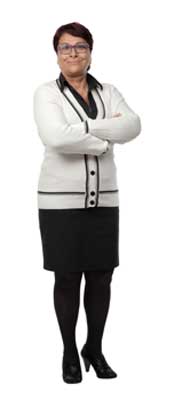 This step has two meanings, both equally important. The first is about wearing more varied pieces. Buying less doesn’t necessarily mean wearing less, especially if you combine this step with the next one. Fashion isn’t about wearing only one combination and not improvising; it’s the exact opposite. Use what you have, buy as few additions as possible, and you’ll come up with amazing combinations for sure.
This step has two meanings, both equally important. The first is about wearing more varied pieces. Buying less doesn’t necessarily mean wearing less, especially if you combine this step with the next one. Fashion isn’t about wearing only one combination and not improvising; it’s the exact opposite. Use what you have, buy as few additions as possible, and you’ll come up with amazing combinations for sure.
The second meaning is about wearing your clothes more often. Clothes are meant to be worn, not to just stand in your wardrobe like a plant in an office. As long as they didn’t get damaged or ruined, you have no reason not to wear them.
Third Step: Make Your Own Clothes
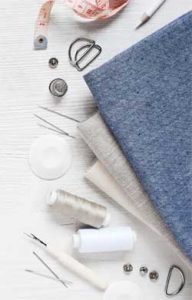 Now we’re at the most helpful step. Making your own clothes has never been easier! Sewing machines have become very affordable and easy to use. They can even be ordered online and shipped all over the world. It’s also easy to find instructional videos on the internet (ASG Members can find educational videos in the Members-Only area), so even if you’re a complete amateur, you can learn how to sew in a reasonably short period of time. Finally, you can earn a decent amount of money from home by sewing, again all thanks to the internet and the availability of places to sell your items.
Now we’re at the most helpful step. Making your own clothes has never been easier! Sewing machines have become very affordable and easy to use. They can even be ordered online and shipped all over the world. It’s also easy to find instructional videos on the internet (ASG Members can find educational videos in the Members-Only area), so even if you’re a complete amateur, you can learn how to sew in a reasonably short period of time. Finally, you can earn a decent amount of money from home by sewing, again all thanks to the internet and the availability of places to sell your items.
But what are the benefits of making your own clothes? Although I do like to buy a clothing piece here and there, I sew most of my wardrobe myself. This gives me the ability to be unique with my creations. I enjoy wearing something that no one else owns! And when someone compliments my creation, I won’t lie, I brim with pride. I also sew for the economic benefit. You won’t believe how much money I save by making my own clothes. Finally, I sew for the sense of accomplishment I get when I finish sewing a piece and take a look at it. It’s amazing to see something usable being born from nothing but fabric and thread. It’s poetry!
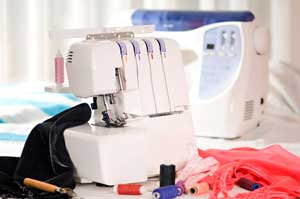
If you want the best results, fuse the three steps together. Buy less finished clothing and purchase fabric instead. You will be able to create three to four pieces for the price of one ready-made item. And all that by making your own clothes! I told you it’s possible to save money while demonstrating your own creativity, uniqueness and ingenuity. And participating in sewing challenges such as “Me Made May” is the perfect opportunity to hone your sewing skills. Those challenges help you focus on the goals you want to achieve when it comes to your sewing.
So, what will it be? Will you follow only one or two of my steps, or will you go all out and combine them into a masterpiece? Whatever you decide to do, try not to sacrifice style or originality for speed and availability. That’s not what fashion is about and you know it.
~ Helen Spencer, HelloSewing.com





